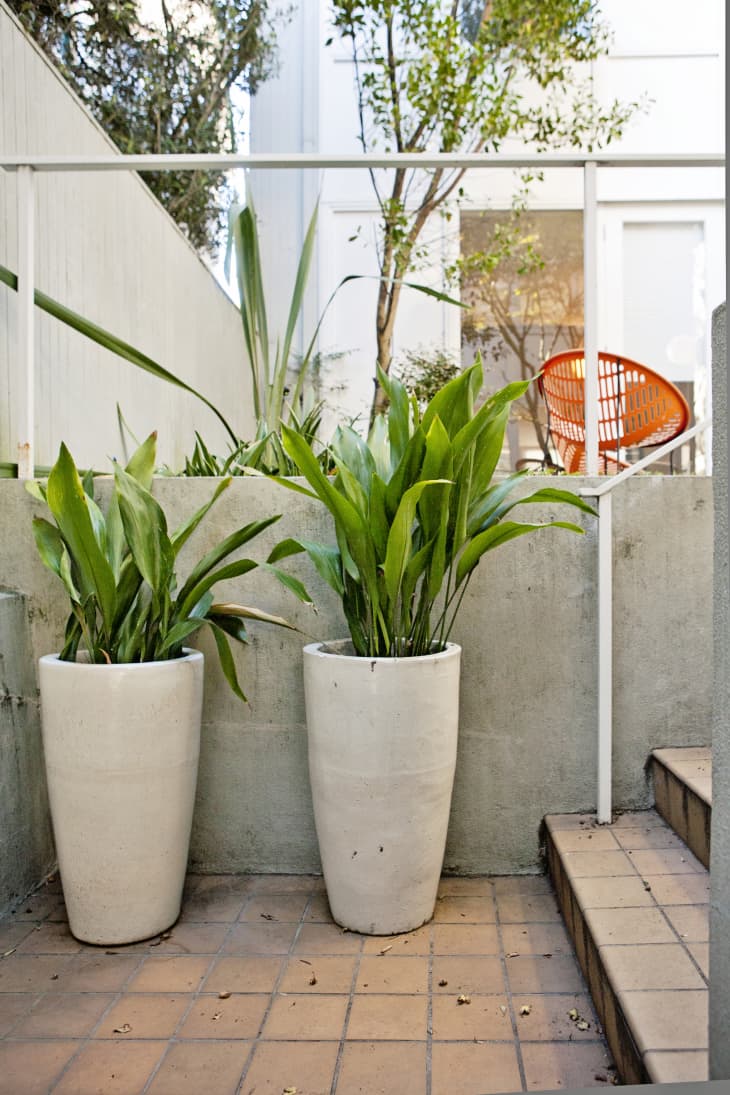The Cast Iron Plant is As Hardy and Indestructible as Its Name

The cast-iron plant (Aspidistra elatior) is named for its ability to survive a wide range of conditions. If you’re looking for low-maintenance greenery that can survive low light, low humidity, irregular watering, and temperature fluctuation, the cast-iron plant is THE plant for you.
About The Cast Iron Plant
A native of the forest floors of Japan and Taiwan, the cast-iron plant gained popularity in homes in Europe and America during the Victorian era, and it has gone in and out of fashion repeatedly since then. This evergreen foliage plant that can grow up to three feet tall regularly appears on lists of hard-to-kill houseplants and is perfect for homes, offices, and even dimly-lit bars.
According to the ASPCA, this plant is considered non-toxic to dogs and cats.
Where to Grow Your Cast Iron Plant
The main light requirement for the cast-iron plant is no direct sun, which may burn its leaves. This means that indoors, it can be grown near north-facing windows or even deep in a room away from windows. Temperatures between 45°F and 85°F are fine, and humidity isn’t a concern, so there are many options for where to put this plant.
In USDA Hardiness Zones 6 through 11, the cast-iron plant can be grown as an outdoor perennial. It’s often used as groundcover in tricky dry shade conditions under trees. Just as when grown indoors, the plant needs to be situated in full or partial shade, away from direct sunlight.
Care and Planting
While the cast-iron plant isn’t picky about regular watering, it does need some water, and really heavy overwatering can cause death by root-rot. Like many houseplants, it would rather be too dry than too wet, so let it dry out between waterings.
This plant’s high tolerance extends to its soil, as it will be fine with most well-draining potting mixes. It prefers a pot with drainage holes.
Fertilize with an all-purpose liquid fertilizer once a month during the spring and summer. Even when fertilized, the cast-iron plant is a rather slow grower. It will probably need repotting only every two or three years. This is best done in the spring, and the most important thing to remember is to be gentle with the delicate roots.
The large leaves tend to accumulate dust, and while it’s not required, the cast-iron plant appreciates an occasional wipe-down with a damp cloth. When necessary, prune any dead or dying leaves as near to the soil as possible.
How to Propagate
Propagation can be done by carefully dividing clumps when re-potting. Be gentle with the sensitive roots, pulling them apart with your hands rather than a knife or spade, and keep two to three stems in each group. One of the trade-offs for its tolerance to a variety of conditions is slow growth, so don’t be surprised if it takes years of growth before your plant is ready to divide.